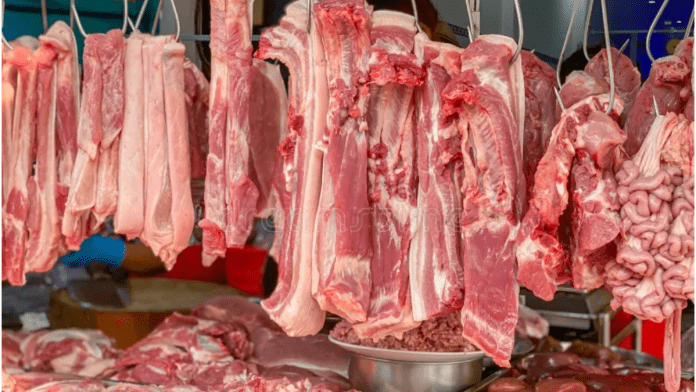News in Brief:
– The EU’s pork production has decreased by 3 MMT in two years, opening export opportunities for the US.
– Environmental regulations and supply chain issues are major factors in the EU’s pork production decline.
The European Union (EU) has experienced a significant decline in pork production, dropping nearly three million metric tons (MMT) from its peak in 2021. This commentary explores the implications of this decline for farmers worldwide and provides insights into the factors contributing to this shift.
To put the decline into perspective, it is equivalent to the entire annual pork export of the United States. This reduction represents 25% of the EU’s total pork production. Such a substantial decline has significant implications for global pork supply and trade.
The reduction has created opportunities for other major pork exporters, particularly the US. Pork exports have seen notable increases, with a 55% rise in exports to Korea. This shift is largely due to the gap left by the EU in the global market.
One of the primary reasons for the decline in EU pork production is stringent environmental regulations. These regulations have forced producers to cut back on production to meet environmental standards.
The bloc is also facing challenges with ingredient supply chains, which have become more strained in recent years. Increased input costs are another factor contributing to the reduction in production.
Global market implications
With the EU stepping back from the global pork market, US pork has become more competitive. The demand for US pork has grown in various markets, including Asia and Latin America.
Europe’s pork prices have increased after being too low in previous years. This has further shifted the competitive landscape, allowing US pork to gain market share in regions like Southeast Asia and Australia.
The pork export market is complex, with varying dynamics across different regions. While Europe’s production decline has opened doors for US exports in Asia, there is also significant growth in Latin American markets.
Each market presents unique opportunities and challenges. For instance, US pork is driving consumption growth in the Western Hemisphere, including Latin America. This growth is facilitated by favorable trade agreements and the reduced presence of European pork.
Economists forecast a continued rise in US pork exports, with an anticipated 9% increase this year. This growth is not limited to a few key markets but extends to over 80 countries. The broad-based increase in demand highlights the shifting dynamics in the global pork industry.



